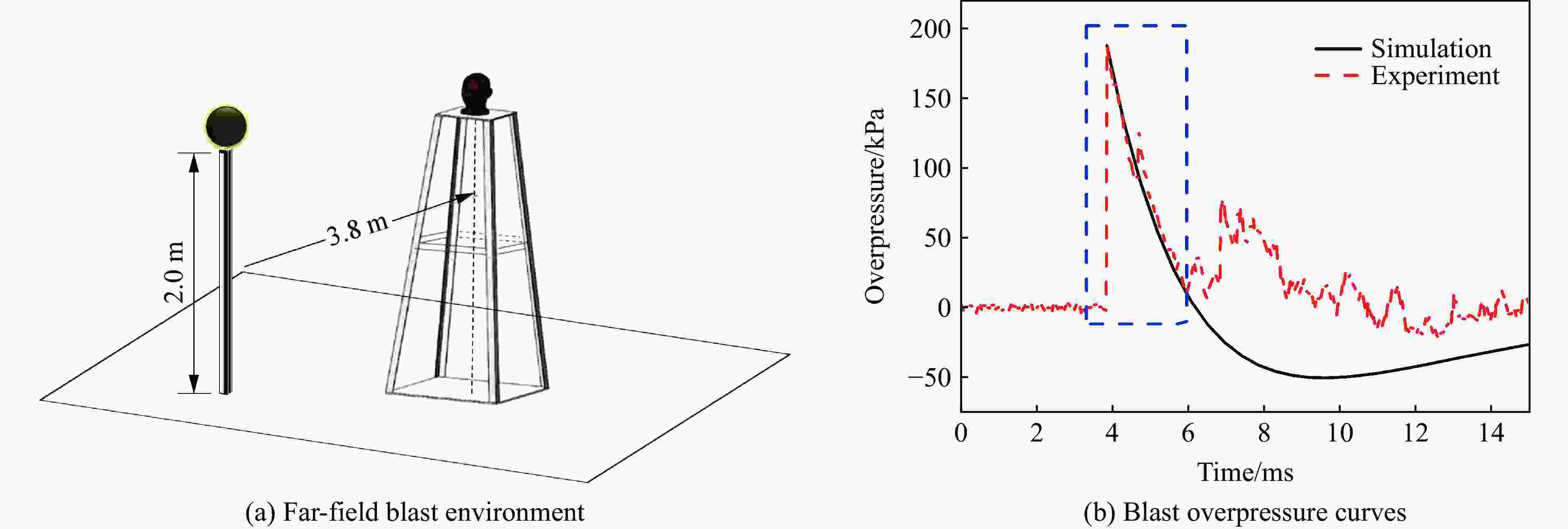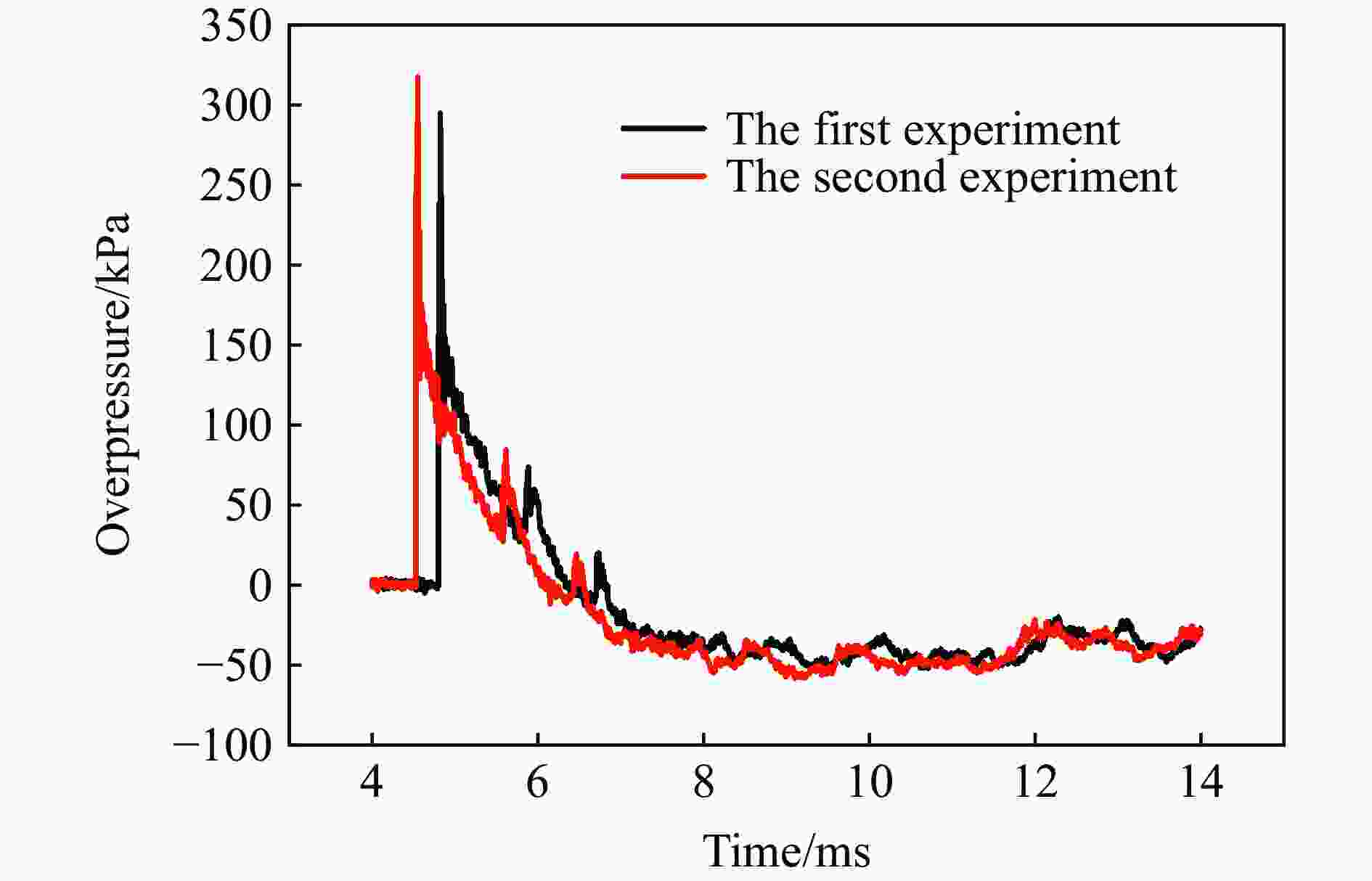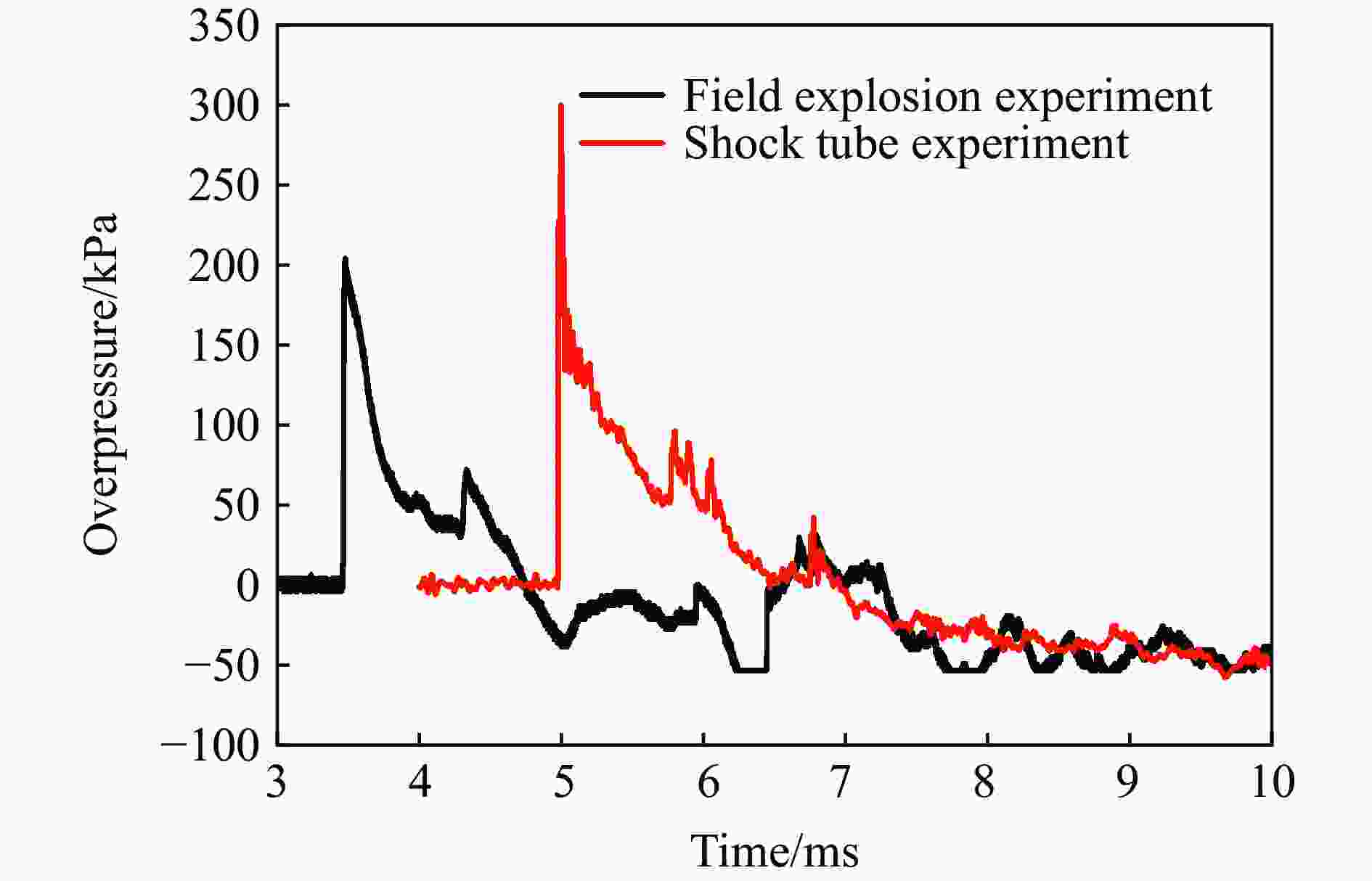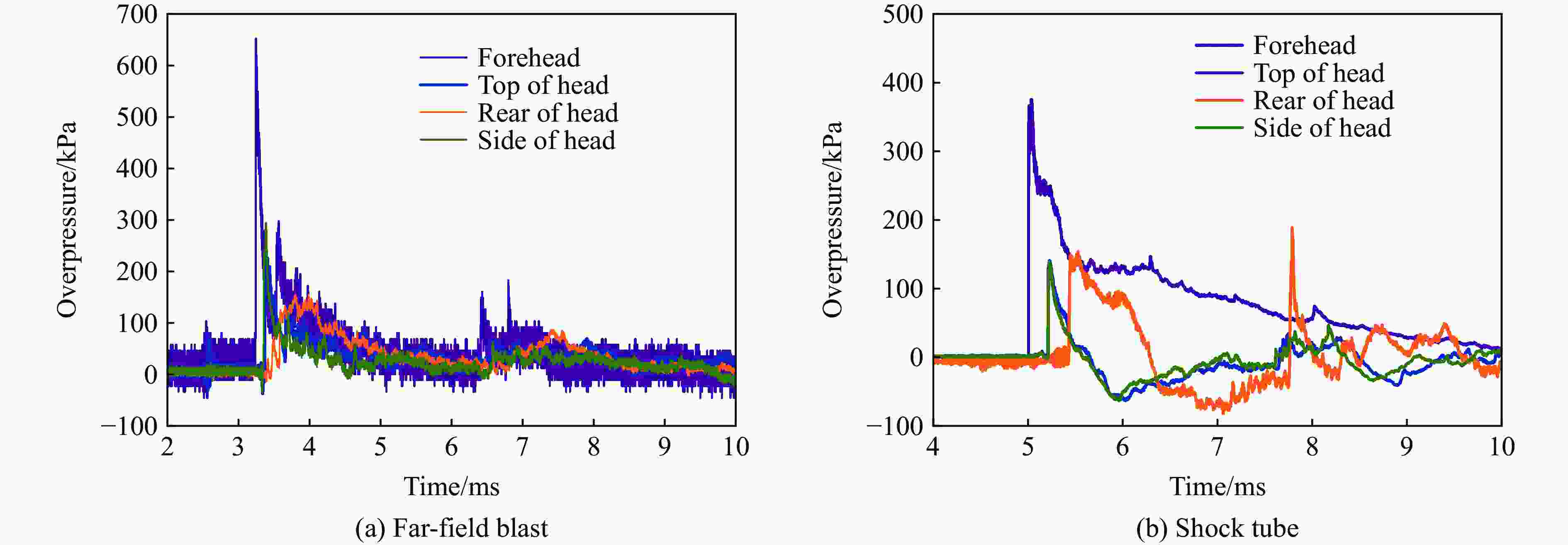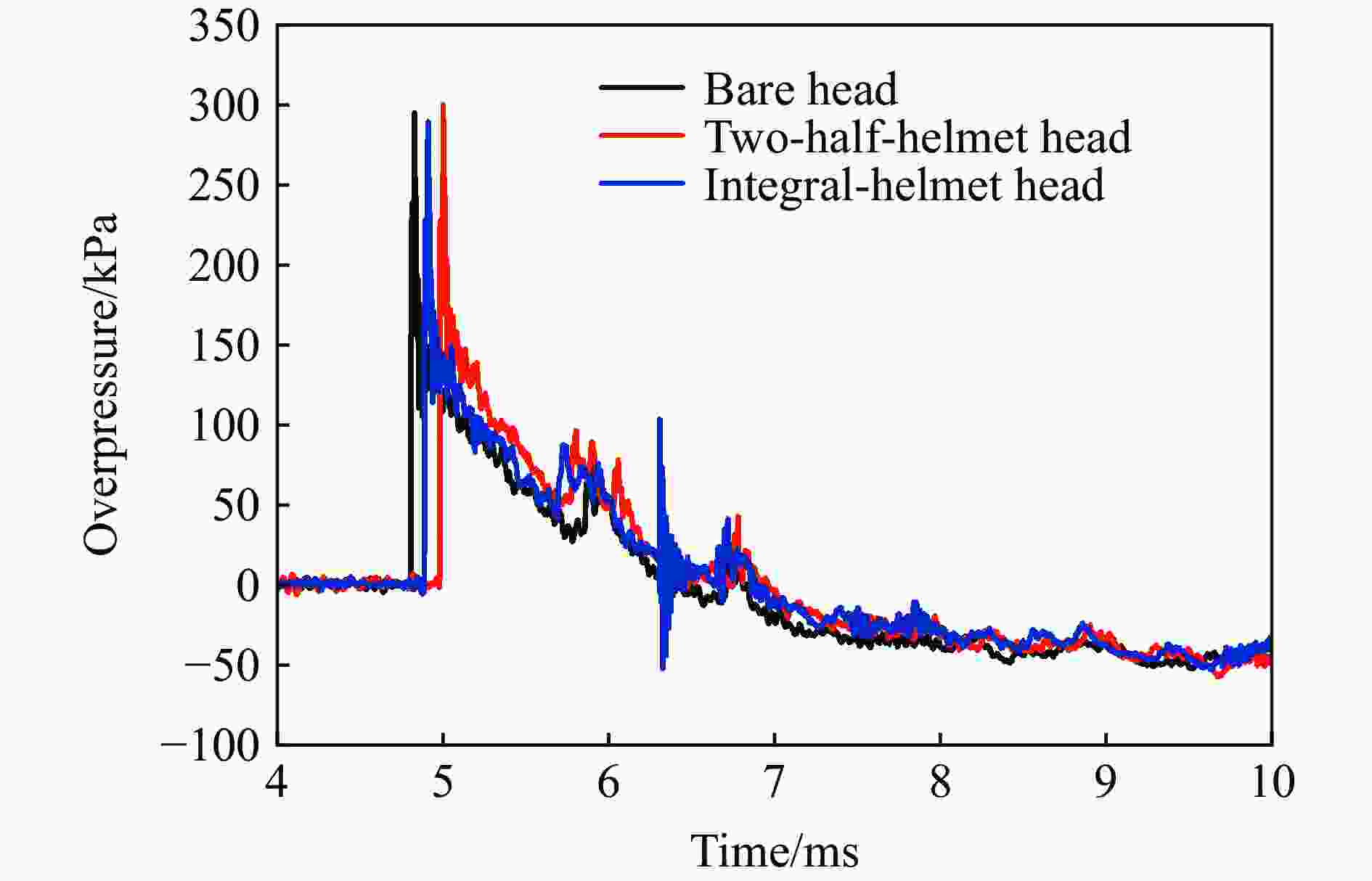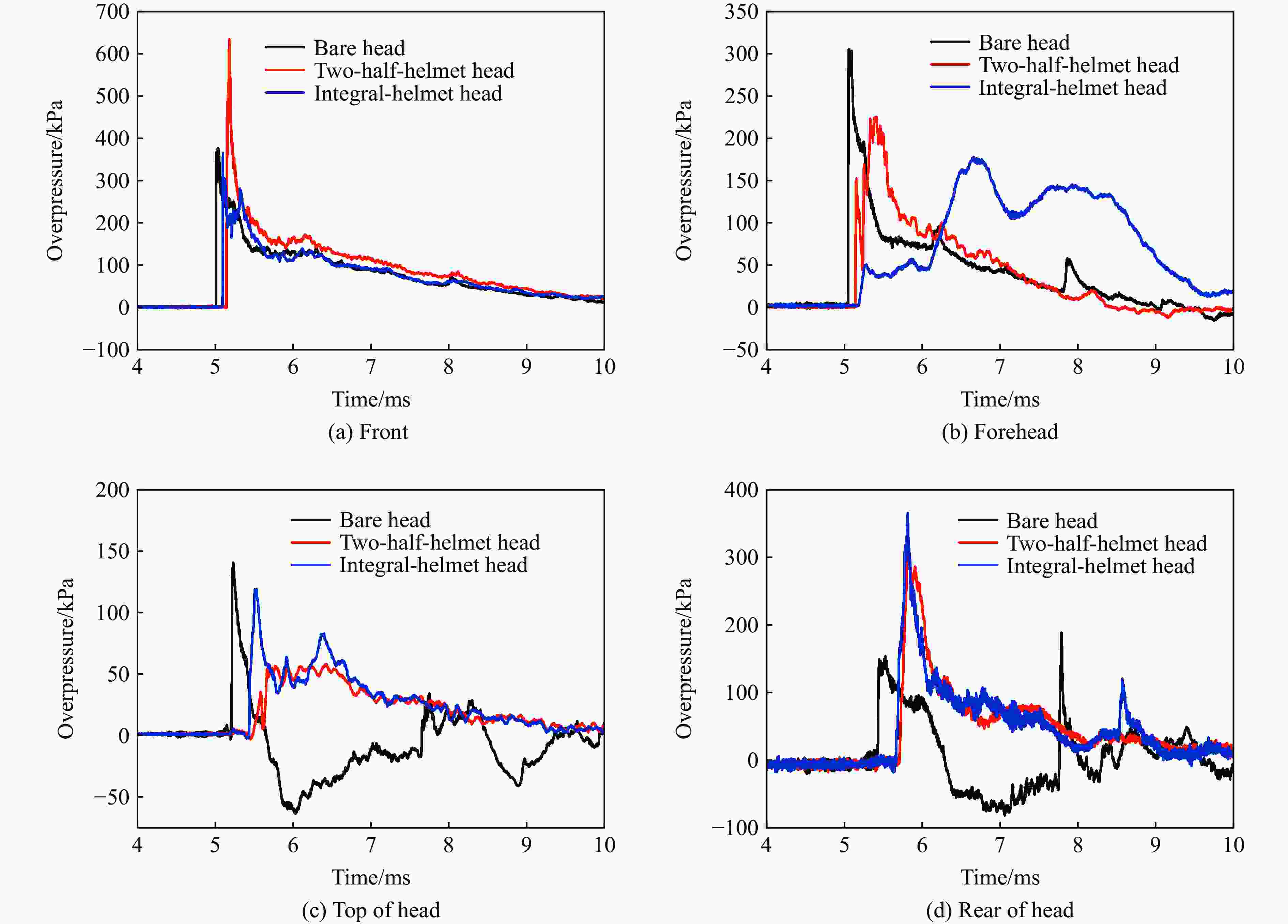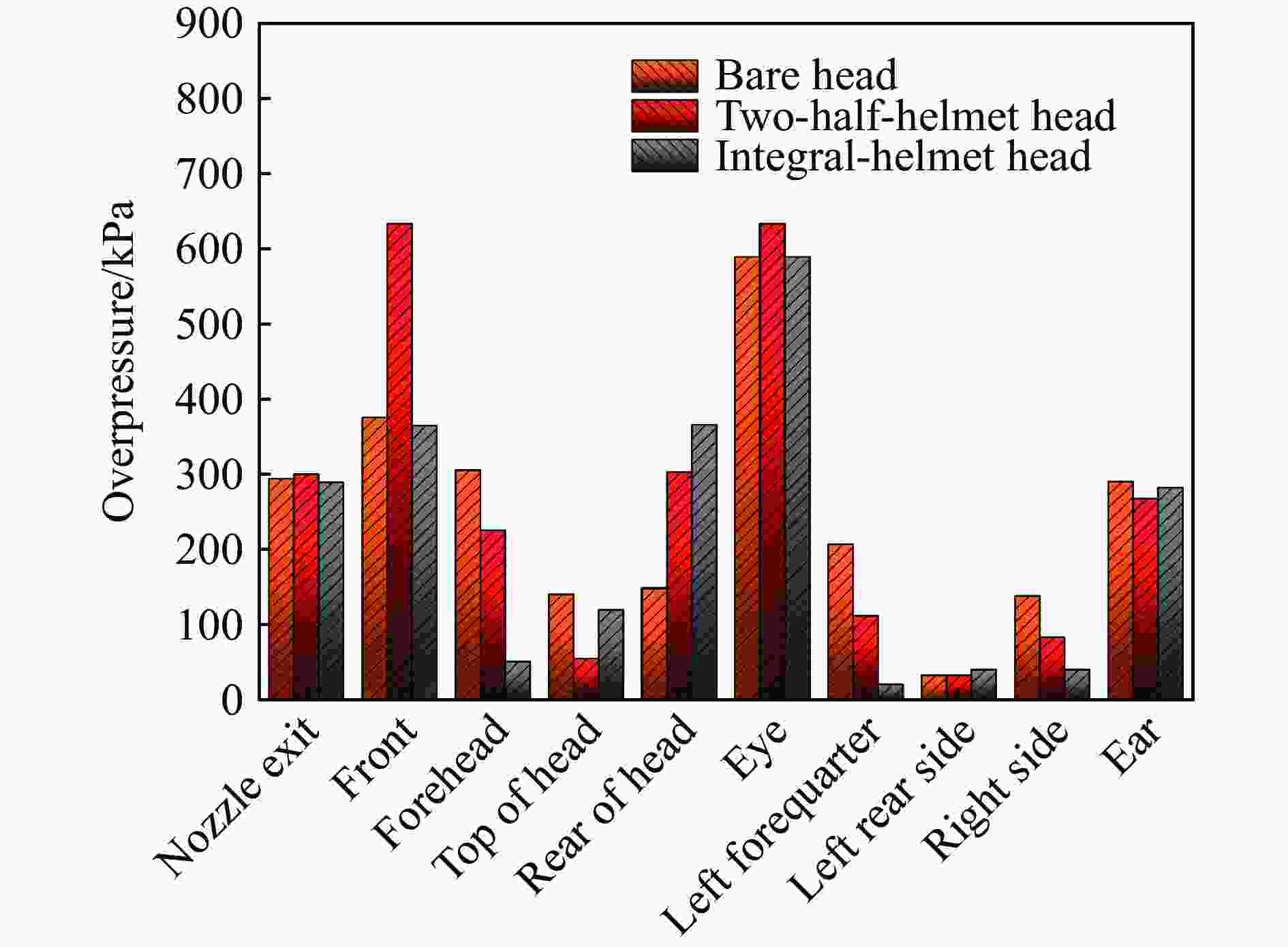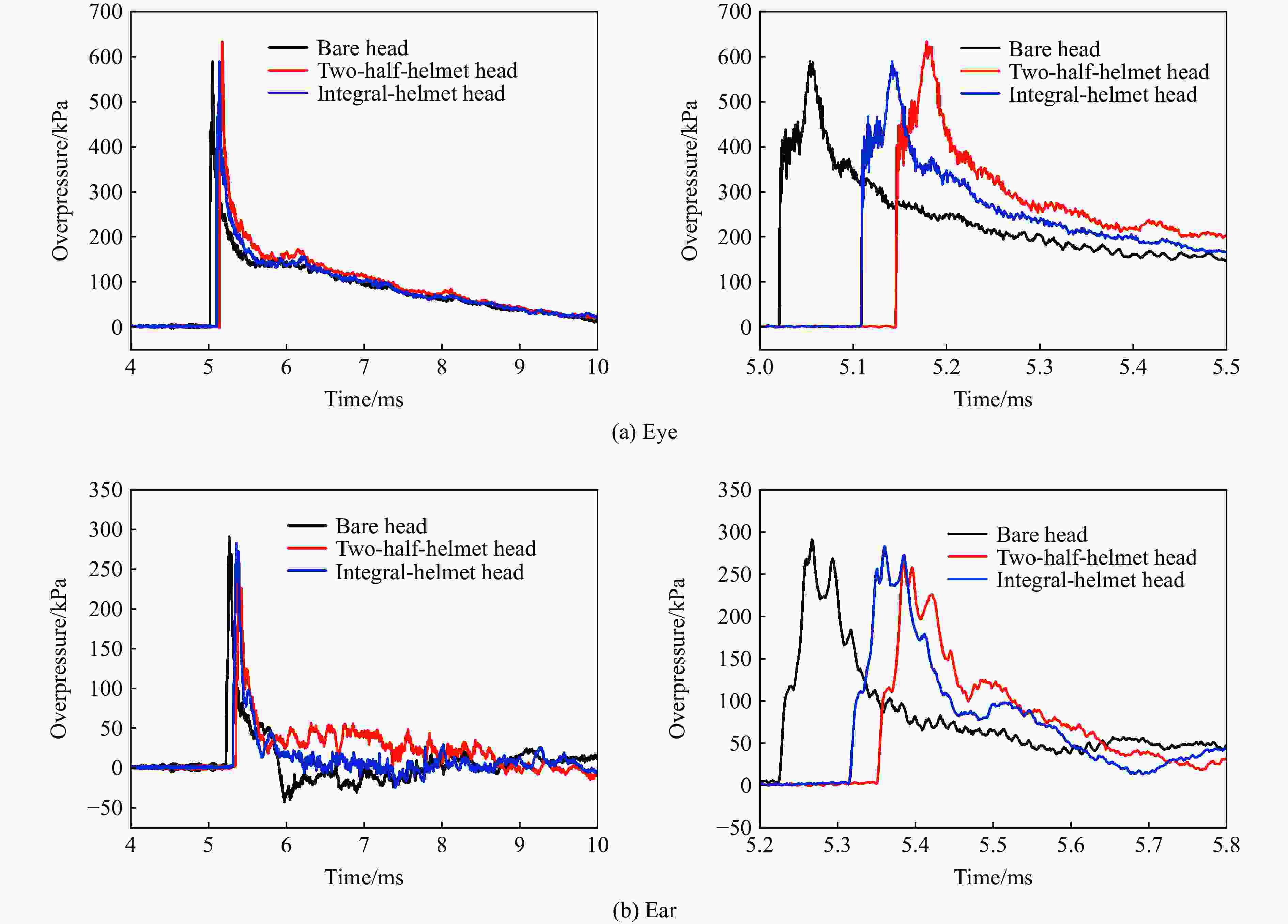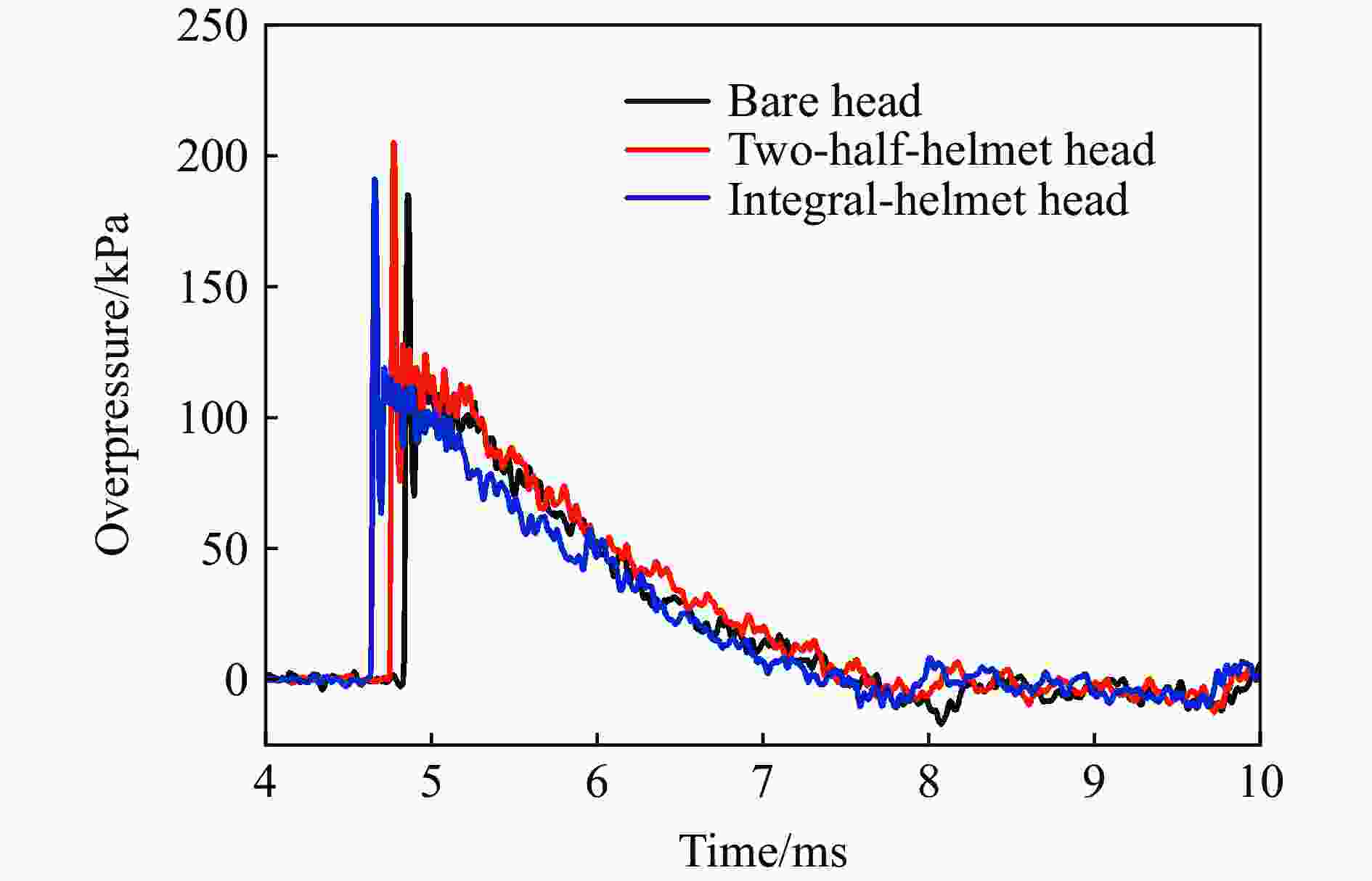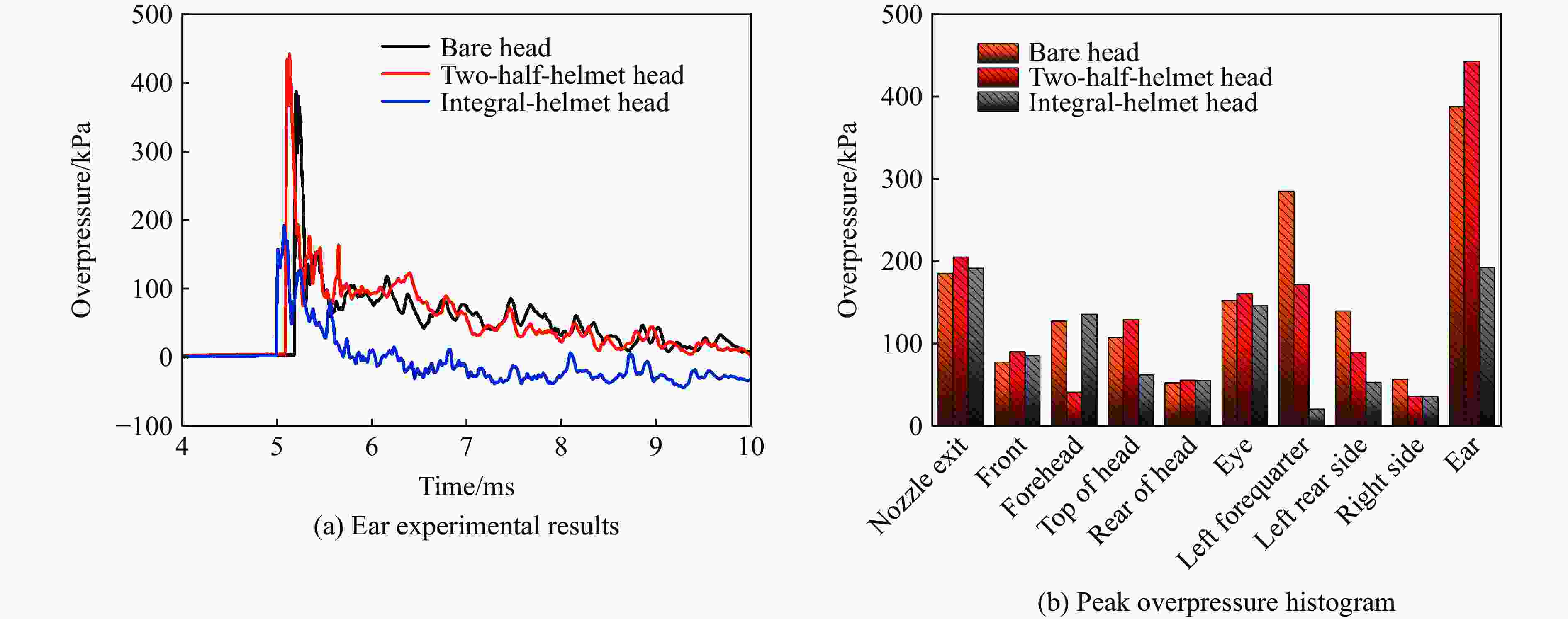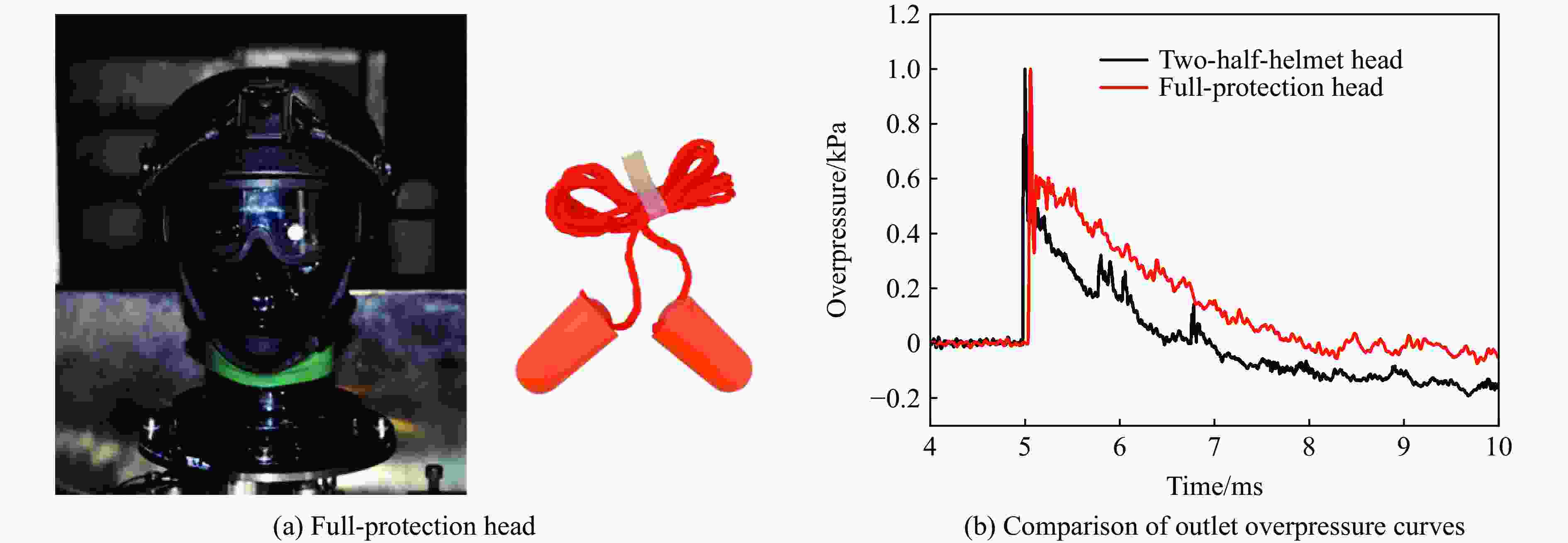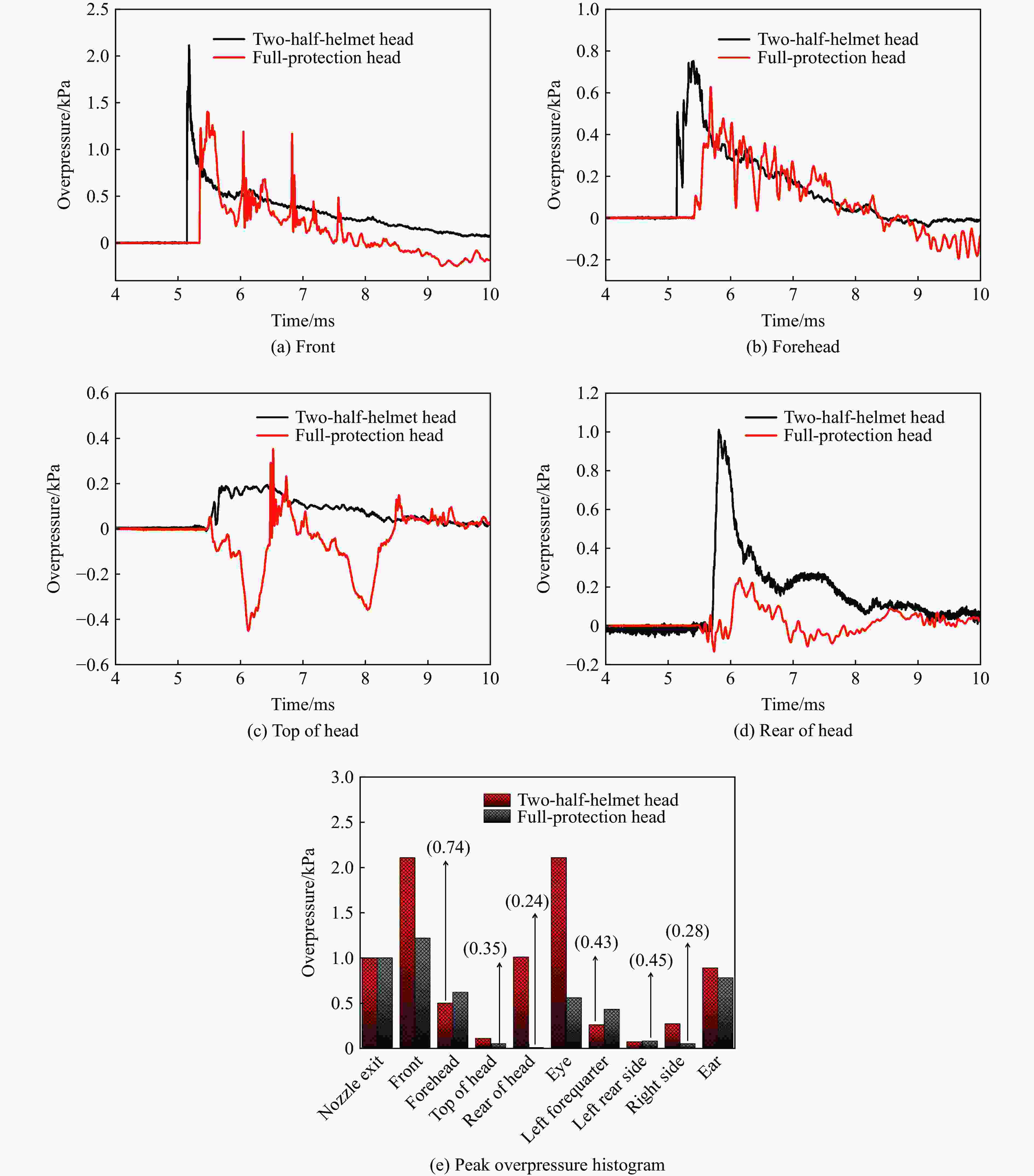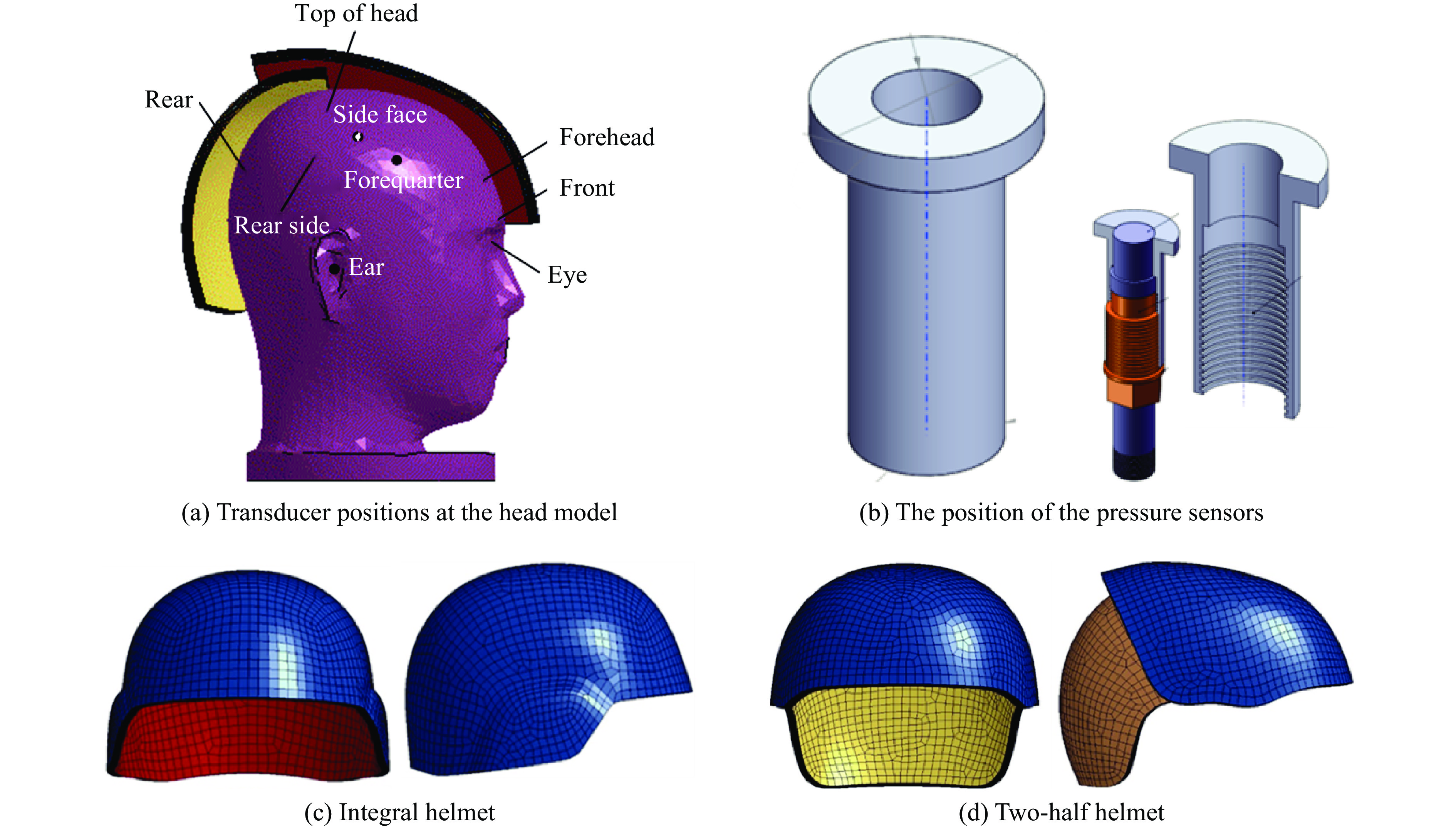| [1] |
栗志杰, 由小川, 柳占立, 等. 爆炸冲击波作用下颅脑损伤机理的数值模拟研究 [J]. 爆炸与冲击, 2020, 40(1): 015901. DOI: 10.11883/bzycj-2018-0348.LI Z J, YOU X C, LIU Z L, et al. Numerical simulation of the mechanism of traumatic brain injury induced by blast shock waves [J]. Explosion and Shock Waves, 2020, 40(1): 015901. DOI: 10.11883/bzycj-2018-0348.
|
| [2] |
TAYLOR G I. The formation of a blast wave by a very intense explosion: I: theoretical discussion [J]. Proceedings of the Royal Society A: Mathematical, Physical, and Engineering Sciences, 1950, 201(1065): 159–174. DOI: 10.1098/rspa.1950.0049.
|
| [3] |
TAYLOR G I. The formation of a blast wave by a very intense explosion: II: the atomic explosion of 1945 [J]. Proceedings of the Royal Society A: Mathematical, Physical, and Engineering Sciences, 1950, 201(1065): 175–186. DOI: 10.1098/rspa.1950.0050.
|
| [4] |
IGRA O, WU X, FALCOVITZ J, et al. Experimental and theoretical study of shock wave propagation through double-bend ducts [J]. Journal of Fluid Mechanics, 2001, 437: 255–282. DOI: 10.1017/S0022112001004098.
|
| [5] |
BRODE H L. Blast wave from a spherical charge [J]. The Physics of Fluids, 1959, 2(2): 217–229. DOI: 10.1063/1.1705911.
|
| [6] |
HENRYCH J. The dynamics of explosion and its use [J]. Journal of Applied Mechanics, 1980, 47(1): 218. DOI: 10.1115/1.3153619.
|
| [7] |
SCOTT T E, KIRKMAN E, HAQUE M, et al. Primary blast lung injury: a review [J]. British Journal of Anaesthesia, 2017, 118(3): 311–316. DOI: 10.1093/bja/aew385.
|
| [8] |
LOCKHART P A, CRONIN D S. Helmet liner evaluation to mitigate head response from primary blast exposure [J]. Computer Methods in Biomechanics and Biomedical Engineering, 2015, 18(6): 635–645. DOI: 10.1080/10255842.2013.829460.
|
| [9] |
DEPALMA R G, BURRIS D G, CHAMPION H R, et al. Blast injuries [J]. The New England Journal of Medicine, 2005, 352(13): 1335–1342. DOI: 10.1056/NEJMra042083.
|
| [10] |
MOORE D F, RADOVITZKY R A, SHUPENKO L, et al. Blast physics and central nervous system injury [J]. Future Neurology, 2008, 3(3): 243–250. DOI: 10.2217/14796708.3.3.243.
|
| [11] |
VERSACE J. A review of the severity index [C]// Proceedings of the 15th Stapp Car Crash Conference. San Diego: Society of Automotive Engineers, 1971: 771−796. DOI: 10.4271/710881.
|
| [12] |
SHARMA S, MAKWANA R, ZHANG L Y. Evaluation of blast mitigation capability of advanced combat helmet by finite element modeling [C]// 12th International LS-DYNA® Users Conference. 2012: 1−12.
|
| [13] |
ZHANG L Y, MAKWANA R, SHARMA S. Brain response to primary blast wave using validated finite element models of human head and advanced combat helmet [J]. Frontiers in Neurology, 2013, 4: 88. DOI: 10.3389/fneur.2013.00088.
|
| [14] |
TAN L B, CHEW F S, TSE K M, et al. Impact of complex blast waves on the human head: a computational study [J]. International Journal for Numerical Methods in Biomedical Engineering, 2014, 30(12): 1476–1505. DOI: 10.1002/cnm.2668.
|
| [15] |
MOSS W C, KING M J, BLACKMAN E G. Skull flexure from blast waves: a mechanism for brain injury with implications for helmet design [J]. Physical Review Letters, 2009, 103(10): 108702. DOI: 10.1103/PhysRevLett.103.108702.
|
| [16] |
GRUJICIC M, BELL W C, PANDURANGAN B, et al. Fluid/structure interaction computational investigation of blast-wave mitigation efficacy of the advanced combat helmet [J]. Journal of Materials Engineering and Performance, 2011, 20(6): 877–893. DOI: 10.1007/s11665-010-9724-z.
|
| [17] |
EYNDE J O, YU A W, ECKERSLEY C P, et al. Primary blast wave protection in combat helmet design: a historical comparison between present day and World War I [J]. PLoS One, 2020, 15(2): e0228802. DOI: 10.1371/journal.pone.0228802.
|
| [18] |
GRUJICIC M, RAMASWAMI S, SNIPES J S, et al. Potential improvement in helmet blast-protection via the use of a polyurea external coating: combined experimental/computational analyses [J]. Proceedings of the Institution of Mechanical Engineers, Part L: Journal of Materials: Design and Applications, 2020, 234(3): 337–367. DOI: 10.1177/1464420716644472.
|
| [19] |
SONE J Y, KONDZIOLKA D, HUANG J H, et al. Helmet efficacy against concussion and traumatic brain injury: a review [J]. Journal of Neurosurgery, 2017, 126(3): 768–781. DOI: 10.3171/2016.2.JNS151972.
|
| [20] |
BRADFIELD C, VAVALLE N, De VINCENTIS B, et al. Combat helmet suspension system stiffness influences linear head acceleration and white matter tissue strains: implications for future helmet design [J]. Military Medicine, 2018, 183(S1): 276–286. DOI: 10.1093/milmed/usx181.
|
| [21] |
RODRÍGUEZ-MILLÁN M, TAN L B, TSE K M, et al. Effect of full helmet systems on human head responses under blast loading [J]. Materials and Design, 2017, 117: 58–71. DOI: 10.1016/j.matdes.2016.12.081.
|
| [22] |
TSE K M, TAN L B, SAPINGI M A B, et al. The role of a composite polycarbonate-aerogel face shield in protecting the human brain from blast-induced injury: a fluid-structure interaction (FSI) study [J]. Journal of Sandwich Structures and Materials, 2019, 21(7): 2484–2511. DOI: 10.1177/1099636217733369.
|
| [23] |
TAN L B, TSE K M, TAN Y H, et al. Face shield design against blast-induced head injuries [J]. International Journal for Numerical Methods in Biomedical Engineering, 2017, 33(12): e2884. DOI: 10.1002/cnm.2884.
|
| [24] |
韩惠霖. 激波管的发展和应用 [J]. 浙江大学学报, 1980(3): 170–188.HAN H L. Development and application of shock tubes [J]. Journal of Chekiang University, 1980(3): 170–188.
|
| [25] |
王正国, 孙立英, 杨志焕, 等. 系列生物激波管的研制与应用 [J]. 爆炸与冲击, 1993, 13(1): 77–83.WANG Z G, SUN L Y, YANG Z H, et al. The design production and application of a series of bio-shock tubes [J]. Explosion and Shock Waves, 1993, 13(1): 77–83.
|
| [26] |
王海峰. 脊髓冲击伤动物模型的建立及凋亡相关基因表达的初步研究[D]. 合肥: 安徽医科大学, 2010.
|
| [27] |
GANPULE S, GU L, ALAI A, et al. Role of helmet in the mechanics of shock wave propagation under blast loading conditions [J]. Computer Methods in Biomechanics and Biomedical Engineering, 2012, 15(11): 1233–1244. DOI: 10.1080/10255842.2011.597353.
|
| [28] |
COURTNEY E, COURTNEY A, COURTNEY M. Shock tube design for high intensity blast waves for laboratory testing of armor and combat materiel [J]. Defence Technology, 2014, 10(2): 245–250. DOI: 10.1016/j.dt.2014.04.003.
|
| [29] |
LI J T, MA T, HUANG C, et al. Protective mechanism of helmet under far-field shock wave [J]. International Journal of Impact Engineering, 2020, 143: 103617. DOI: 10.1016/j.ijimpeng.2020.103617.
|
| [30] |
杨亚东, 李向东, 王晓鸣. 爆炸冲击波空中传播特征参量的优化拟合 [J]. 爆破器材, 2014, 43(1): 13–18. DOI: 10.3969/j.issn.1001-8352.2014.01.003.YANG Y D, LI X D, WANG X M. Optimum fitting for characteristic parameters of blast shockwaves traveling in air [J]. Explosive Materials, 2014, 43(1): 13–18. DOI: 10.3969/j.issn.1001-8352.2014.01.003.
|
| [31] |
SKOTAK M, ALAY E, ZHENG J Q. Effective testing of personal protective equipment in blast loading conditions in shock tube: comparison of three different testing locations [J]. PLoS One, 2018, 13(6): e0198968. DOI: 10.1371/journal.pone.0198968.
|
| [32] |
MAACH S, ROSEN B, MCCAULEY L, et al. Comparison of Hybrid III head response to shock tube and explosive blast loading [C]// International Research Conference on Biomechanics of Injury (IRCOBI). Antwerp: IRCOBI, 2017: 274−283.
|






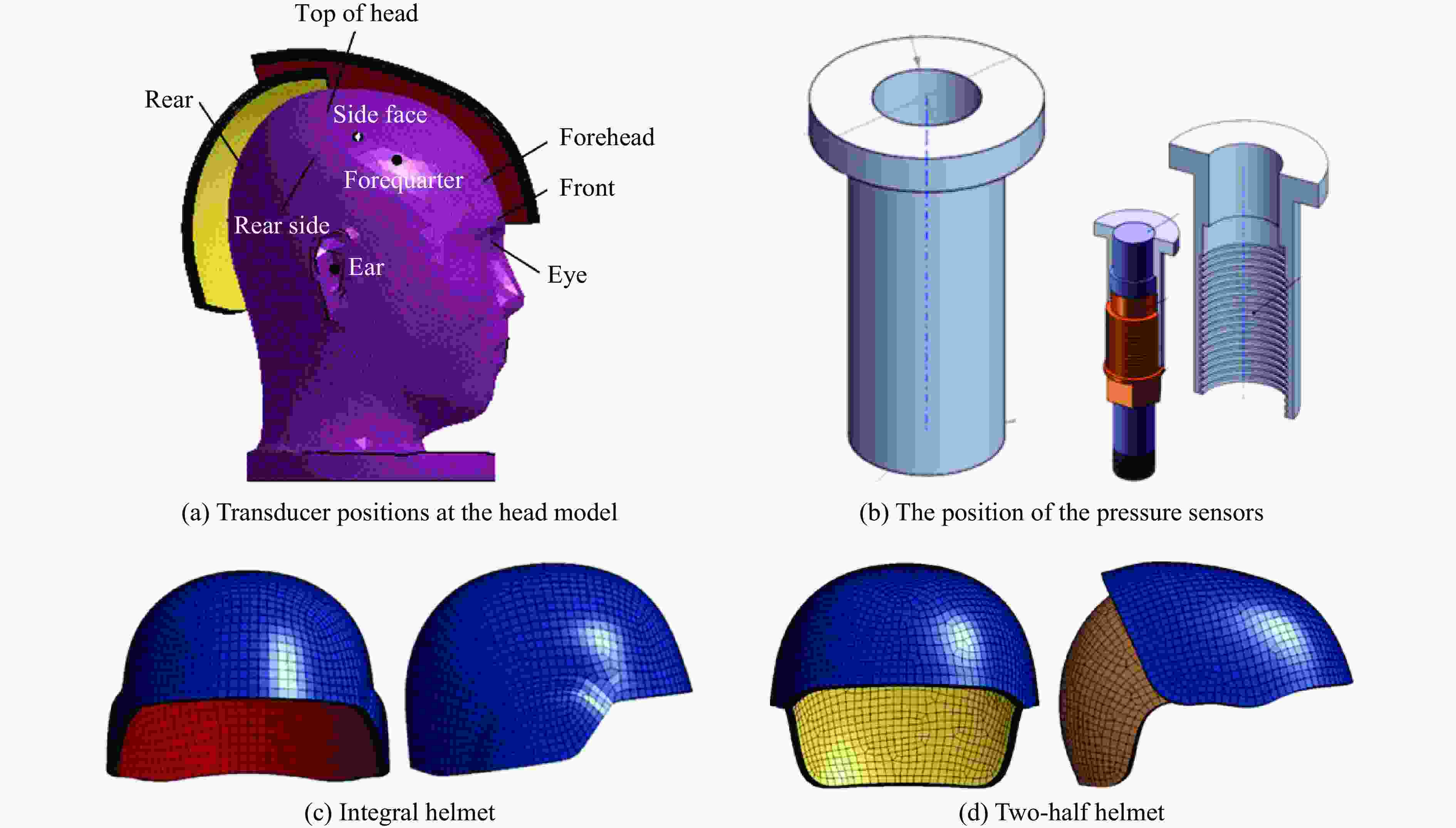
 下载:
下载:
